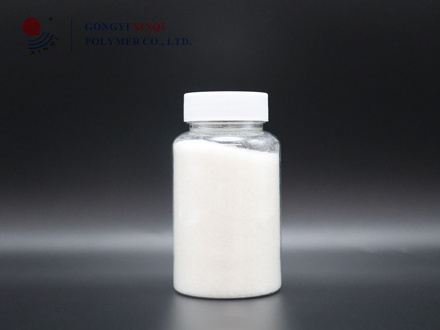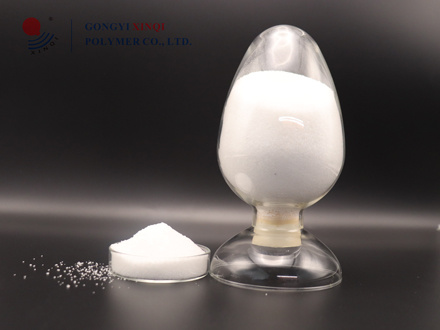Polyacrylamide can not only be used as a flocculant in water treatment, but also as a scale inhibitor.
Release time:
Jan 17,2024


Polyacrylamide water treatment flocculants can adapt to a variety of flocculation phenomena. They have small dosage, high efficiency, less sludge generated, and easy post-processing. They have special value in certain situations. The amide group of polyacrylamide can have affinity and adsorption with many substances to form hydrogen bonds. High relative molecular weight polyacrylamide forms bridges between adsorbed particles and generates flocs, which is beneficial to the sinking of particles. It has a wide range of applications and a wide pH range, and is suitable for various filter presses. There are three types of polyacrylamide: cationic, anionic and nonionic, which are suitable for different uses and different flocculation objects.
Anionic water treatment flocculants are suitable for colloids with positively charged ions on the surface. Compared with cationic PAM flocculants, anionic PAM flocculants have a higher relative molecular mass. Moreover, due to the interaction between ionic groups within the same molecule, They repel each other and have a relatively large molecular stretch in water, so they have good ionic flocculation properties. They are effectively used for sedimentation separation of mineral suspensions. It is suitable when the water to be treated is a suspension containing a lot of inorganic matter with a pH value of neutral to alkaline. For example, it can be used as a settling accelerator in magnesium oxide smelting, zinc smelting, phosphoric acid and other production processes. In water treatment, in addition to being used for wastewater treatment in ironmaking blast furnaces, aluminum processing, papermaking, river gravel washing, etc., it is also used in the treatment of urban sewage.
Since non-ionic PAM flocculants do not have ionic functional groups, they have the following characteristics compared with anionic PAM flocculants: flocculation performance is less affected by fluctuations in wastewater pH and salts; it operates under neutral or alkaline conditions Under acidic conditions, its flocculation effect (sedimentation speed) is not as good as anionic, but it is worse than anionic PAM under acidic conditions; the floc strength is stronger than anionic polymer flocculant.
The above is the application of polyacrylamide in sewage treatment, so does polyacrylamide have other functions?
In industrial water treatment, polyacrylamide with low relative molecular weight can also be used as a scale inhibitor for cooling water. Anionic polyacrylamide with low relative molecular weight can prevent the precipitation and growth of salt crystals, suspend solid particles without sedimentation, and can inhibit scale in boilers, cooling towers and heat exchangers.
Related News
Nov 06,2025
Nov 06,2025
polyacrylamide suppliers in egypt
Sep 28,2025
polyacrylamide suppliers south africa
Sep 28,2025
polyacrylamide suppliers in india
Sep 28,2025
Polyacrylamide Supplier in Malaysia
Sep 28,2025

